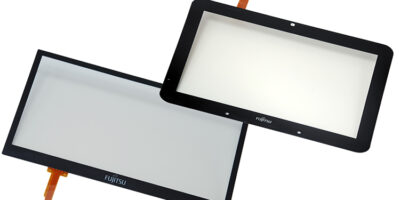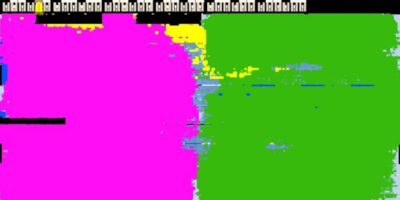Customisable, flush-surface, resistive touch panels from Fujitsu Components America, have less than half the input force of conventional resistive panels, and are nearly identical to that of projected capacitive panels, says the company.
The FID series offers OEMs a cost-efficient alternative to projected capacitive touch (PCT) panels, with the reliable input and choice of input sources, of resistive technology. Target applications include industrial automation and human-machine interface (HMI) machine control, medical equipment, and vehicle navigation systems.
There are two options, the FID-1300 (four-wire) and FID-1520 (five-wire) series touch panels. Both support a minimum input force of 0.02N (0.45 typical) while maintaining reliable user input and smooth sliding and flicking operations. To activate touch input, the user can use bare skin, gloved fingers, wet fingers, pens, or stylus pens. The FID-1300 is available with two-point input, enlarge/shrink and rotation operations using a dual-touch control board.
The panels consist of a film-glass sensor layer with a flush-surface film overlay, making them dustproof, waterproof, and easy to clean. They feature 80 per cent (typical) transparency and have an input life of one million (FID-1300) and 10 million taps (FID-1520) at 1.96N input force. Standard operating temperature range is -5 to +60 degrees C.
The touch panels can be specified with custom colours, decorative patterns or multi-colour graphics for specific brand, industry or application needs. Customers can submit specific frame colours, logos, icons, and legends, and also request embossed key switches, custom panel shapes, aperture, finishes, coatings, and other customisations.
The panels are available immediately. The FID-1300 four-wire panels are available in sizes up to 19 inches, and the FID-1520 five-wire panels are available in sizes up to 15 inches.
Fujitsu Components America markets and distributes relays, connectors, input and pointing devices, touch panels, thermal printers, and wireless modules throughout North and South America.
http://www.fujitsu.com







